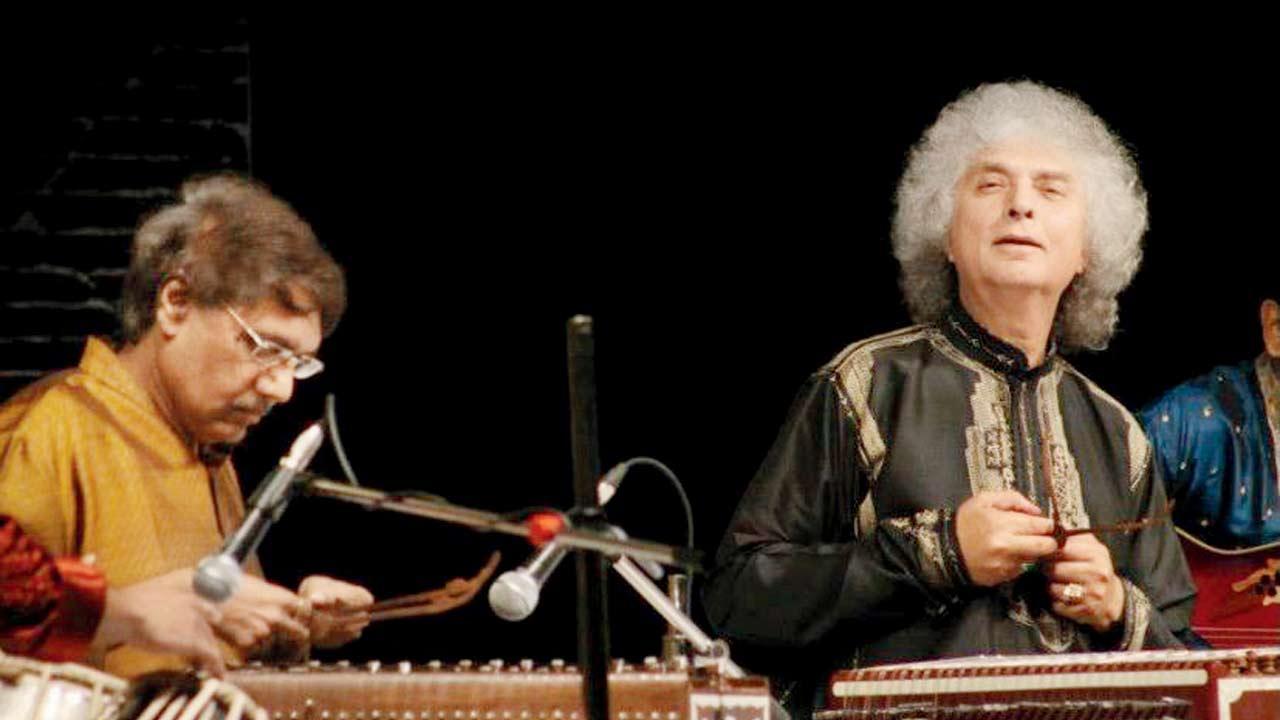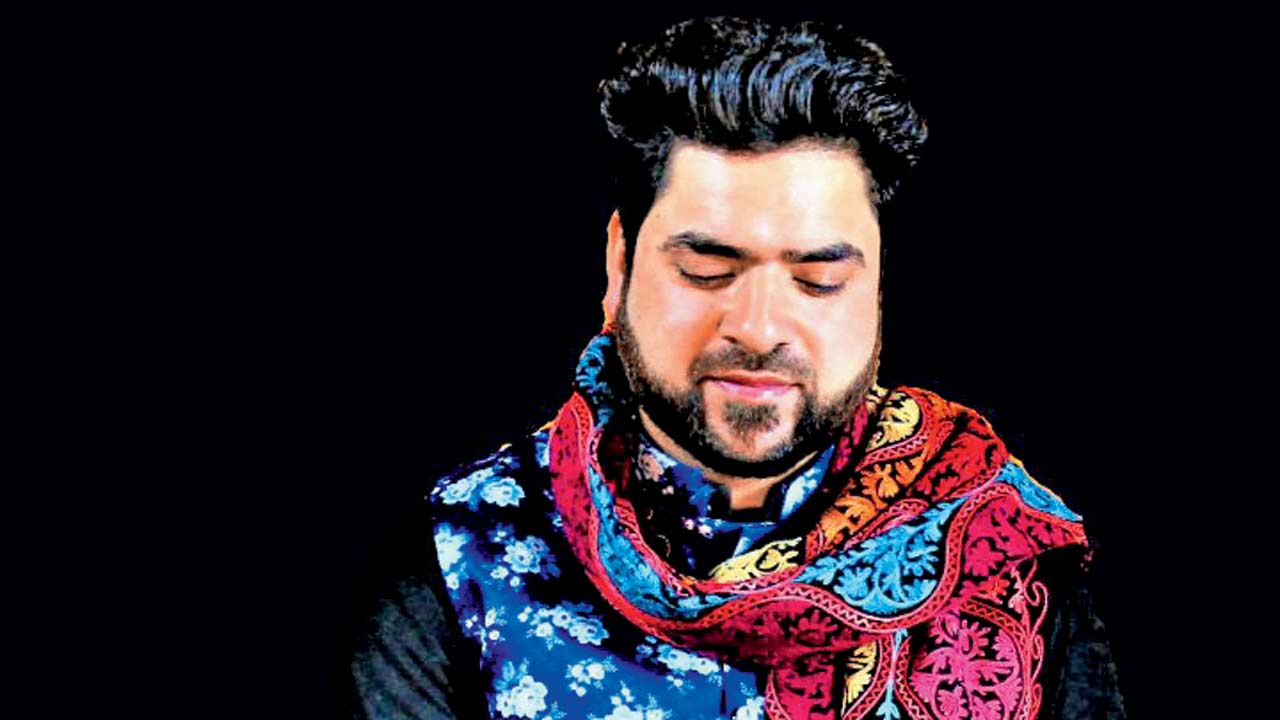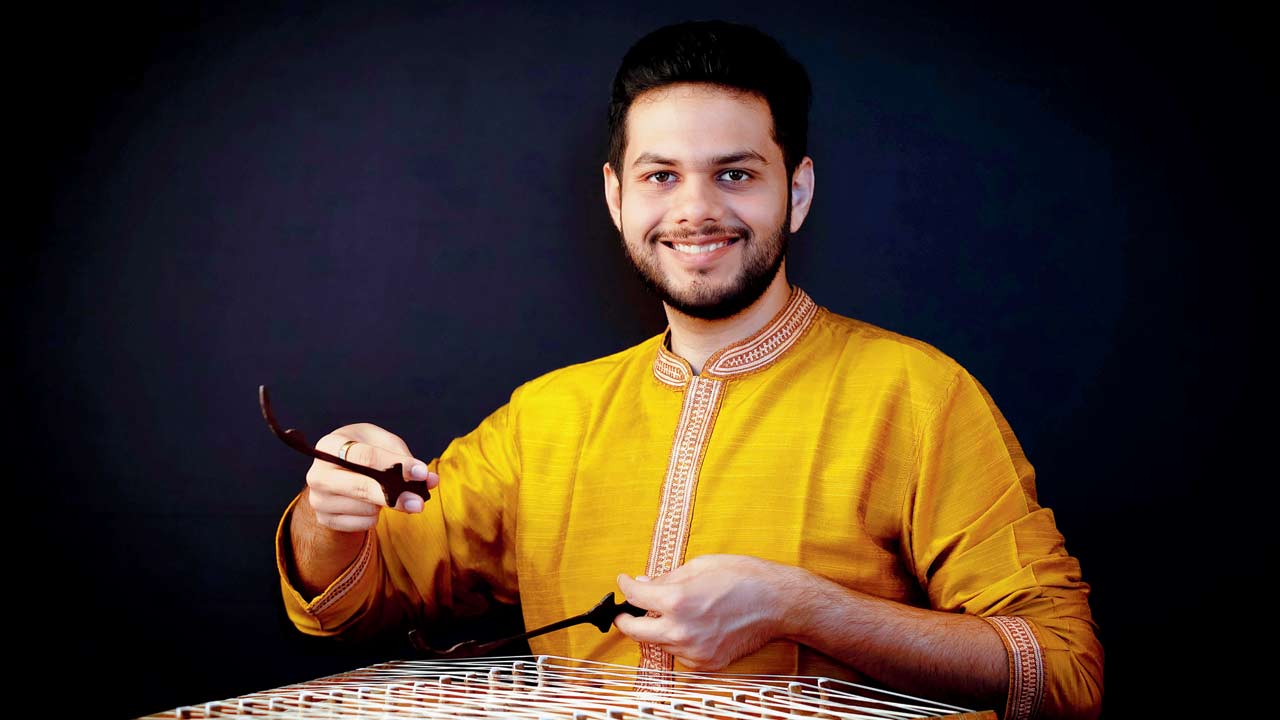The recent passing of santoor icon Pandit Shivkumar Sharma has left a vacuum for followers. A few practitioners decode the santoor’s heritage and future, in sync with the maestro’s legacy and impact

(From left) Dr Dhananjay Daithankar performing with the late Pandit Shivkumar Sharma
There are few names as synonymous with a musical instrument as that of Pandit Shivkumar Sharma and the santoor. In his lifetime, the late musician took an ignored accompaniment to an esteemed stature in Indian classical and world music.
ADVERTISEMENT
In the ancient world, the santoor was a background accompaniment. Most used in Sufi folk music, the instrument was often hung around the neck to play staccato notes to suit verse poetry. The instrument was innovated on by Pandit Shivkumar Sharma, and popularised to create a sound that suited both — the Indian classical and the global stage. Yet, it remains complex and mysterious for those outside the musical realm. Its form and rhythms, while mesmerising, hide within them a fascinating story.
The legacy
Noor Mohammad Bhat aka Sahil Santoor studied the santoor while completing a Bachelors in Music from Kashmir University. “The instrument is very common in Sufi music. It is an integral part of Kashmiri culture. But it was an accompaniment, not the main voice,” shares the Srinagar-based musician.

Noor Mohammad Bhat
This was evidently down to its structure. In its original form, the santoor consisted of 25 bridges with four strings on each bridge. Ninad Daithankar, a second-generation santoor player from Pune, tells us, “The resonance of the instrument was too high. When you struck a note, it was difficult to play taans (phrases in a raag).”
This meant that the instrument was restricted to staccato notes. Daithankar explains, “The meend, or the ability to glide from one note to another, was difficult. The dream of every instrumentalist is to imitate the human voice after all.”
Daithankar learnt the instrument from his father, Dr Dhananjay Daithankar, a student of Pandit Shivkumar Sharma. Daithankar senior was a student of the tabla to begin with. In 1978, while attending a concert in Pune, where Ustad Zakir Hussain and Pandit Sharma were performing, he ended up falling in love with the santoor.
The innovation
“We do not often credit Panditji for his innovation and creativity enough,” the senior Daithankar points out. The desire to play classical music led to Pandit Shivkumar Sharma altering the form of the santoor. “Panditji reduced the number of strings to three, while increasing the number of bridges,” he says. The now standardised form has 30 to 31 bridges with three strings each. “If you have seen Panditji play, you will notice him sliding the kalam [striker] during the alaap. It changes the note smoothly. It has now become the signature characteristic of this instrument,” Ninad explains.

Ninad Daithankar
Considering this, the modern santoor is relatively young, both musicians concede. “Compared to the veena or the sitar, which boast of a 200 to 300-year-old legacy, the santoor’s popularity has only grown in the last 70 years,” Ninad Daithankar points out.
The accessibility
In the age of e-commerce, accessibility has also contributed to the popularity of the santoor. Daithankar senior remembers that he had to buy timber and learn carpentry to create his first instrument. “It was very difficult and expensive to buy one from Kashmir. I suppose it was my youth that drove me to make one.” The zeal earned him an introduction to Panditji, who eventually took him under his wings. “There were very few teachers back then, and learning it is difficult,” he adds. Bhat agrees. “A sitar or a veena has six to eight strings.
Tuning a hundred strings and the many permutations and combinations that come with it is very challenging,” the Kashmiri musician admits. Things have changed. Better accessibility, more teachers and a presence in cinema have helped, Daithankar junior accepts. “Many listeners turn to it as meditation. It imitates the sound of water — peaceful and rhythmic.” Perhaps the late maestro is at peace with this growing popularity.
Where to learn
>> Dhaani Music Academy
On: Sunday to Friday
At: Vasant Utsav CHS, Ground floor, Umang society, Thakur village, Kandivali West.
Call: 9820718783
>> ipassio.com
Log on to ipassio.com
Cost: Rs 1,800 (individual classes)
>> Ninad Daithankar
At Kothrud, Pune (offline); online (Zoom) log on to santoormusic.com
Call: 9175017987
>> Divya Music School
At Plot no 1, Vasant Kunj, New Delhi (offline) and online email divyamusic@yahoo.com (for queries)
Call: 9013121421
 Subscribe today by clicking the link and stay updated with the latest news!" Click here!
Subscribe today by clicking the link and stay updated with the latest news!" Click here!







